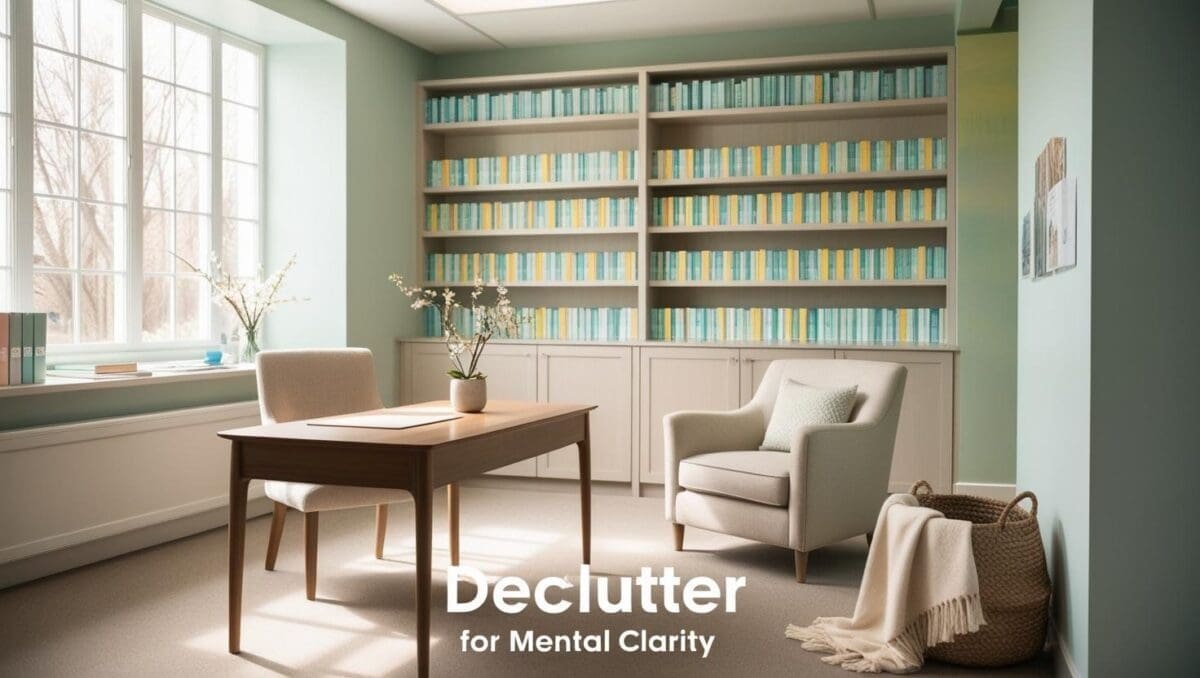The Power of the Right Counselling Tools
Imagine this: A new client steps into your therapy office, nervous and unsure. As they settle into the chair, their eyes wander over a cozy, thoughtfully arranged space—soft lighting, a small grounding stone on the table, a deck of colorful therapy cards nearby. The environment itself feels like an invitation to open up.
Counselling tools are not just accessories—they are bridges to healing. The right tools can help clients express emotions, process trauma, develop coping skills, and feel safe in a session. Whether you’re a seasoned therapist or just setting up your practice, having the right tools in your office can make all the difference.
In this guide, we’ll explore 5 essential counselling tools that every therapist should have—plus how to use them effectively.
1. Emotion Cards: Helping Clients Put Feelings into Words
Not all clients find it easy to talk about their emotions. This is especially true for children, neurodivergent individuals, or those struggling with trauma. Emotion cards provide a visual and interactive way for clients to identify and express their feelings.
How to Use Them:
- Ask clients to pick a card that represents how they feel today.
- Use them as prompts in journaling exercises or storytelling therapy.
- Incorporate them into CBT and DBT sessions for emotional awareness.
Best for: Child therapy, trauma therapy, and clients who struggle with verbalizing emotions.
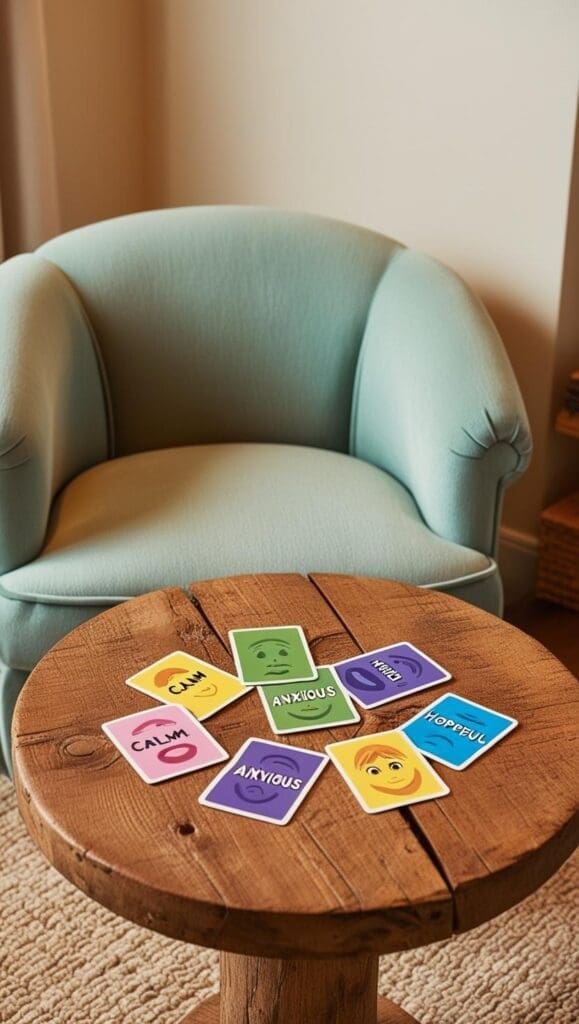
2. Sensory & Grounding Tools: Regulating the Nervous System
For clients with anxiety, PTSD, or sensory sensitivities, grounding tools can help them stay present during a session. These tools engage the senses, providing physical ways to regulate emotions.
Popular Grounding Tools:
- Smooth grounding stones with engraved affirmations
- Weighted lap pads for comfort
- Fidget toys for focus and stress relief
- Essential oil rollers for calming scents
How to Use Them:
- Let clients choose a grounding tool at the beginning of a session.
- Incorporate them into guided grounding exercises (e.g., the 5-4-3-2-1 method).
- Keep them within reach for moments of distress.
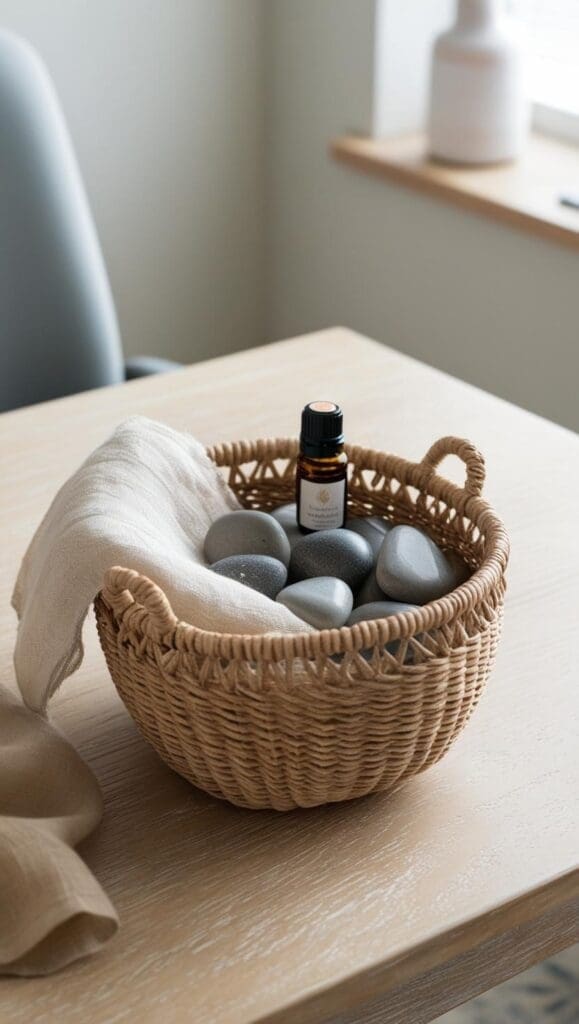
3. Whiteboard & Markers: Visualizing Thoughts & Strategies
A simple whiteboard can be a powerful tool for cognitive restructuring, goal setting, and visual thinking in therapy. Many clients process information more effectively when they can see it mapped out in front of them.
How to Use It:
- Draw cognitive-behavioral therapy (CBT) thought maps.
- List coping strategies with clients during a session.
- Use it for interactive exercises like strengths-based activities.
Best for: Clients who are visual learners or struggle with abstract concepts.
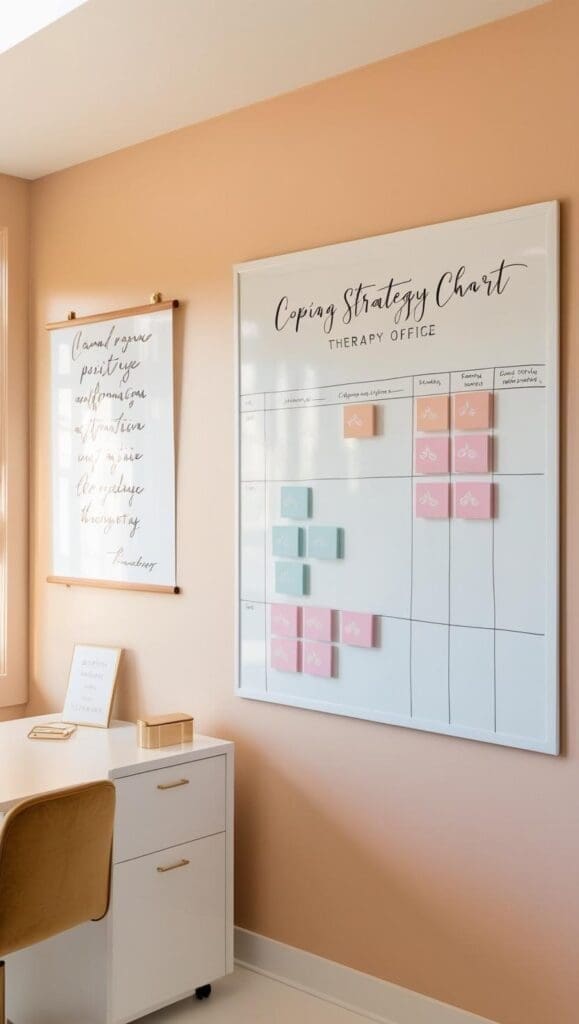
4. Therapy Workbooks & Journals: Encouraging Reflection & Growth
Journaling is a powerful therapeutic tool that allows clients to track their emotions, reflect on progress, and explore thoughts more deeply outside of sessions. Having a selection of therapy workbooks and guided journals can be an invaluable resource.
How to Use Them:
- Assign reflection prompts for between-session work.
- Use specific therapy workbooks for trauma, CBT, or self-discovery.
- Encourage clients to track patterns in emotions and behaviors.
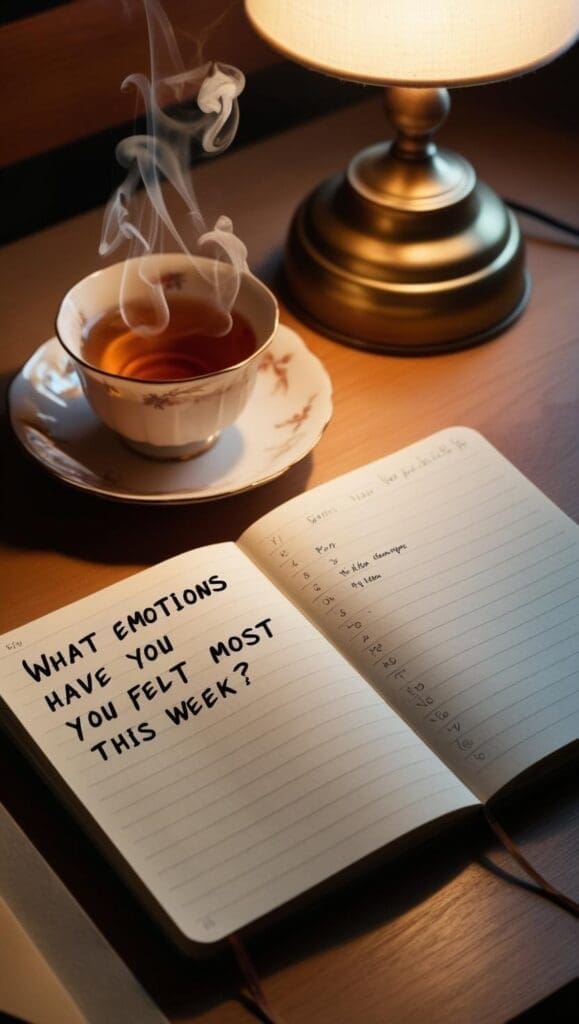
5. Sand Tray & Miniatures: Creative Expression in Therapy
For clients who struggle with verbal communication, sand tray therapy offers a nonverbal, symbolic way to express emotions and experiences. Using a tray of sand and miniature figures, clients can create scenes that reflect their inner world.
How to Use It:
- Invite clients to choose miniatures that represent parts of their story.
- Guide clients to move pieces in the sand to explore shifting emotions.
- Use as a grounding activity for clients who feel disconnected from their emotions.
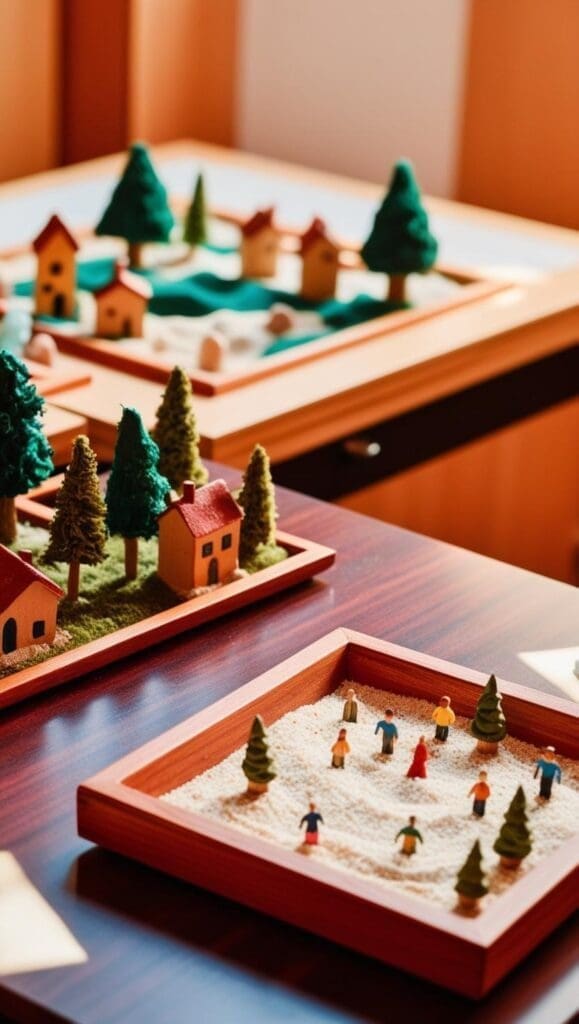
Setting Up Your Therapy Space for Success
Having the right counselling tools in your office isn’t just about aesthetics—it’s about creating an environment that fosters healing. Whether it’s a simple grounding stone, a well-placed whiteboard, or a sand tray, each tool serves a purpose in helping clients feel safe and supported.
Which of these counselling tools do you use the most? Let me know in the comments! And don’t forget to save this for later on Pinterest! 💜
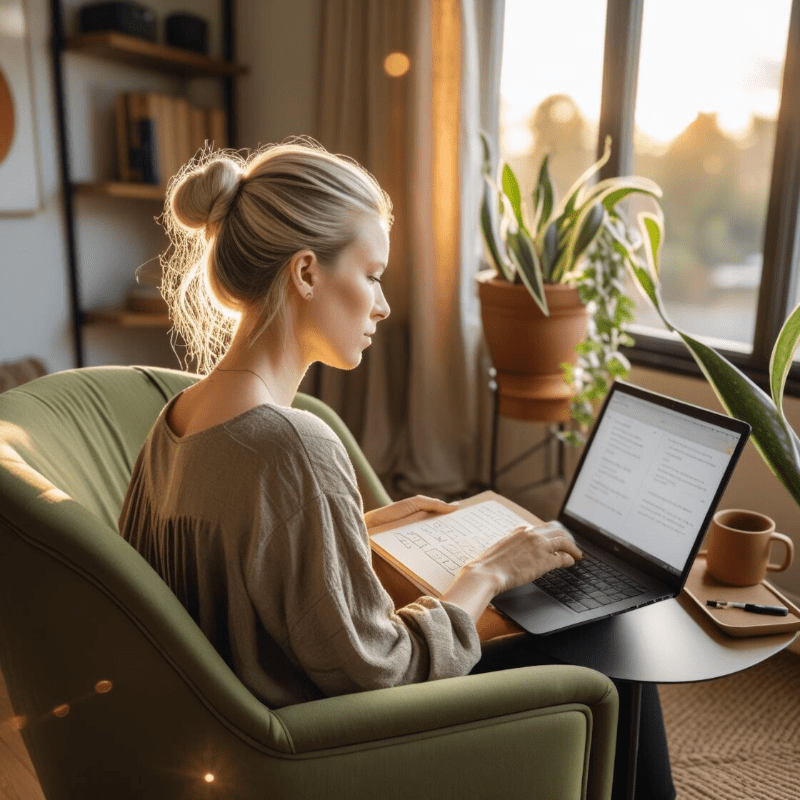
About the Author
Hi, I’m Eve, a former school counselor with a master’s degree in School Psychology and a passionate advocate for children and families navigating sensory challenges. As a mom of children with sensory sensitivities, I deeply understand the journey special-needs parents face, and I dedicate myself to researching and sharing practical solutions to help children thrive and feel comfortable in their bodies. My goal is also to empower counselors, therapists, and psychologists with creative strategies and supportive resources to enrich their everyday practice. When I’m not writing or exploring new therapeutic approaches, you’ll find me spending quality time with my family and continually seeking inspiration from everyday moments.

